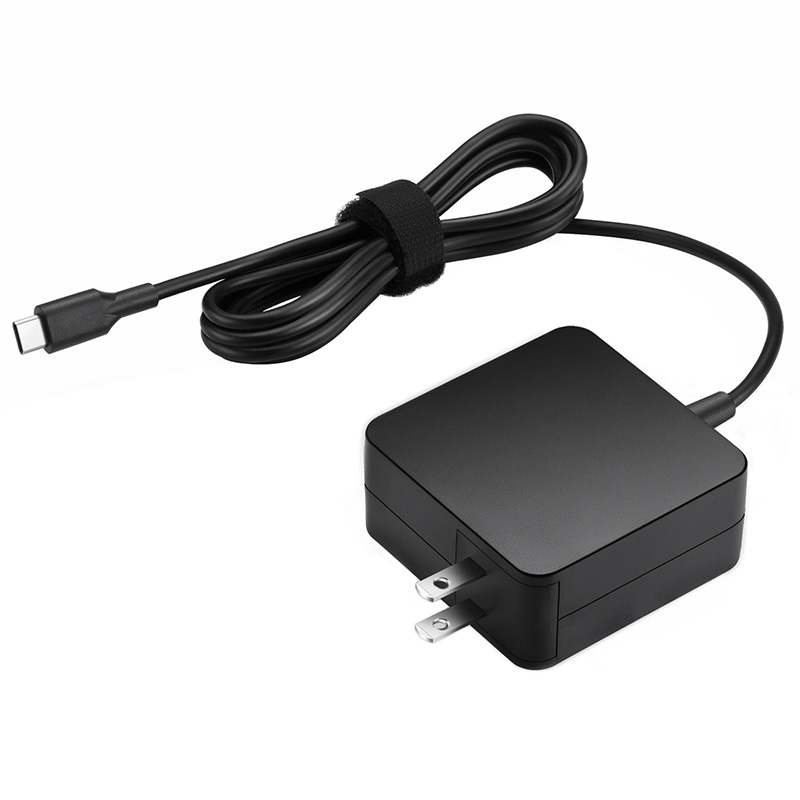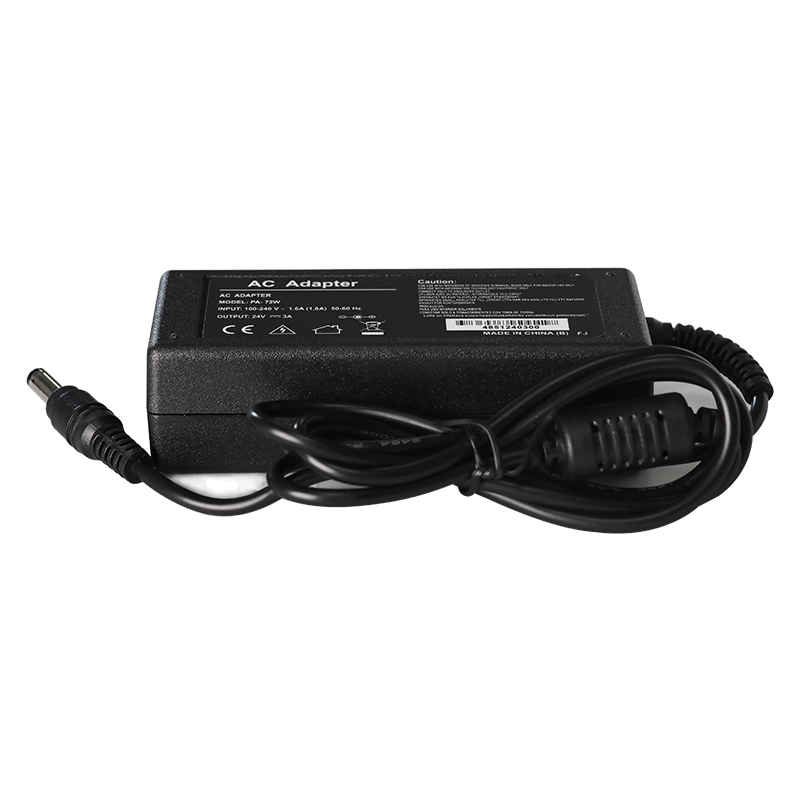Home Page
No matter what kind of electronic equipment, the long running time will make the temperature rise. When the temperature is too high, it will affect the function of the equipment. The same is true for the power adapter. When the temperature is too high, the internal components will be affected. , causing instability. Therefore, there is overheat protection in the usual power adapter.
The main heat sources for power adapters are Schottky rectifier diodes, high frequency switching transformers, power MOS transistors and filter electrolytic capacitors. The temperature rise of power MOS transistors, high frequency transformers and rectified Schottky diodes is more prominent. In order to prevent the power adapter from being damaged by overheating, the power adapter is designed not only to use electronic components with good high temperature characteristics, but also to design and advanced printed PCB boards, heat sinks and high frequency production processes. Transformers and take overheat protection measures, which are necessary to ensure safety.

Overheat protection type power adapters can be divided into the following categories: automatic reset type, manual reset type, non-renewable type, non-reset type, and other types that provide equivalent overheat protection.
Overheat protection means that the corresponding protection function is activated when the temperature exceeds a certain threshold. In the operation of electronic equipment or machinery, heat is generated due to energy conversion or friction, which may cause abnormal operation or malfunction. There are three ways to prevent overheating, which can cut off equipment operation, reduce equipment running performance or improve ventilation and heat dissipation conditions. Overheat protection prevents Power Supply from being a single entity, which is a concern. It may be difficult to take it away from the heat source. The most basic requirements for placement are not subject to mechanical shock, easy disassembly, polarity protection, cable, non-polar device connection terminals must have two cable overheat protection procedures, the protection circuit is disconnected, will not affect the normal operation of the network adapter, However, it does not cause fire or damage to electrical equipment. we believe that under normal circumstances, the AC adapter circuit board space and cabinet space are relatively small, it has some problems and overheat protection. If it is difficult to assemble the overheat protection, use a thermal fuse or thermistor as thermal protection. Place it on the surface of the cooler, high frequency transformer or power MOS tube. The overheat protection switch will automatically turn off the power. When the temperature rises to a certain value, or forcibly turn off the modulation pulse output to stop the high frequency oscillation.

In order to suppress the temperature rise of the power adapter, in addition to the power MOS tube with small leakage current and short storage time, it is necessary to add a heat sink to the power MOS tube. After the MOS tube is equipped with a heat sink, the stability of the power adapter will be greatly improved, and the loss rate will be significantly reduced. The function of the electronic switch overheat protection is to cut off the AC input line of the power adapter or forcibly turn off the modulation pulse output and stop the high frequency oscillation before the temperature of the component or the power supply case in the power adapter exceeds the specified limit.
If the IC adapter has drive-on thermal protection on the power adapter, you can prevent overheating by adding any external components or by adding a few external components. Since the power adapter controls the driver IC, a built-in PN junction temperature sensor includes a thermal shutdown circuit. The PN junction temperature sensor has a built-in driver IC that is connected to the sensor. The drive IC thermal shutdown circuit and overheat protection are very simple. The cost of the integrated circuit itself is very low and the cost performance is very high.